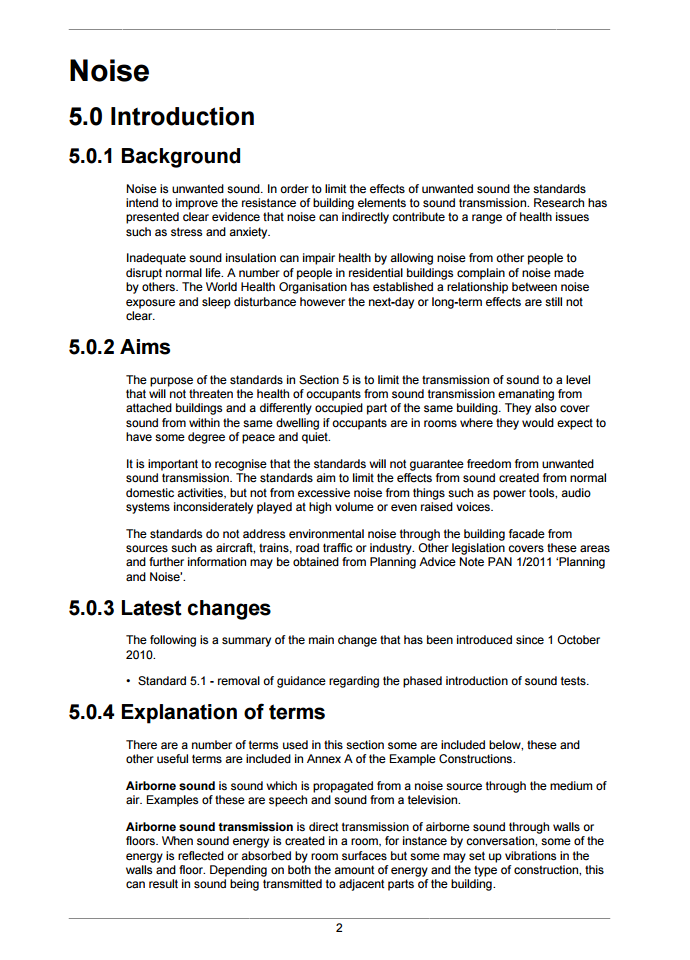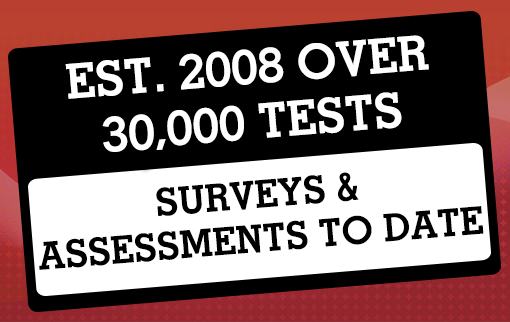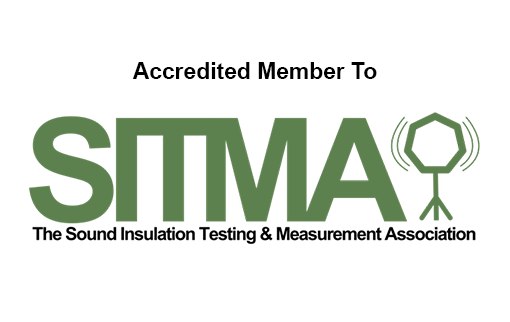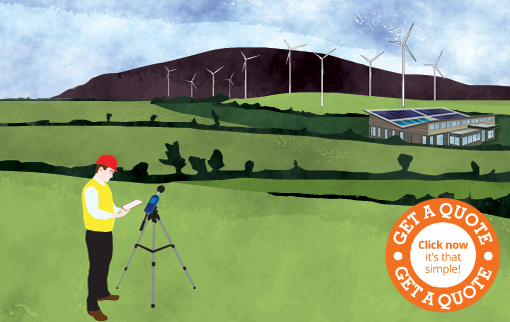Offices Nationwide

Noise Disturbance
Building acoustics can help to mitigate the effects of noise disturbance which can have negative effects on your health and well-being...more
Environmental Noise Assessment
E2 Consultants offer an extensive range of services in relation to the measurement and prediction of noise within two primary sectors: Environmental Acoustics and Building and Architectural Acoustics.
Our professional noise assessment team have years of experience undertaking all kinds of sound surveys and assessments and meet the latest legislation while adhering to all the Government guidelines.
Our engineers are accredited sound testers under the SITMA scheme.
There are several ways noise can impact the environment from a variety of sources such as:
• Industrial Sites
• Construction Work
• Road Traffic
• Animals
• Aircraft
• Entertainment Venues
All of these types of noise can have very different characteristics from continuous to intermittent and broadband to tonal. All this will be taken into account when assessing the noise impact that a new or existing development has on the local climate.
What Are Environmental Noise Assessment?
You're likely to require a noise assessment when requesting planning permission. This will tell you how your development will impact the surrounding area in terms of the noise created but also the impact the surrounding noise can have to your proposed development. The results can also predict how the property's noise will impact the area over significant lengths of time by taking a base reading of the existing level and then suggesting how, if at all, the new development will make an impact.
It's not just new developments that require a noise test either. You may also be asked to have one carried out if your business is extending its working hours and as such will have a different impact on the area than when the hours were shorter.
The same survey can be undertaken long after construction is complete to test whether too much noise is being created to the point it's impacting local residents, businesses or commercial spaces. This is normally concerning night-time noise (between the hours of 11pm and 7am) when the allowed noise levels of a property are reduced.
Where mitigation measures are required to reduce noise to an acceptable level, we will discuss and agree with your design team the best course of action and incorporate these into the report.
What Are The Noise Level Limits?
The maximum limit on what is considered acceptable noise levels at night are measured against the World Health Organization's (WHO) definition on what level is required for a good night sleep. During the day the acceptable level is around 55dB and drops to about 45dB at night.
When it comes to reporting a loud establishment however it's more down to the discretion of local authorities whether levels are considered a nuisance or not. This is due to how different people class different levels of noise as a nuisance. An example of this is a study by Massachusetts General Hospital who took 12 self-described deep sleepers and found some were able to sleep through a blast of noise at 70dB where others would wake at just 40dB.
When judging the impact of noise on the local residents, the Environmental Noise Assessment will tell you how much noise is likely to be created and whether anybody would be affected by the levels.
Environmental Noise Assessment - Useful Documents
• Noise Impact Assessment: Information Requirements
• Noise Impact Assessment - An E2 Overview
Noise Level Perspective
In order to gain some perspective on what noise levels are considered loud here are some examples of sounds we hear in our every day lives:
• Jet Engine: 150dB
• Amplified Music: 120dB
• Road Drill / Chainsaw: 100dB
• Lawnmower: 90dB
• Alarm Clock: 80dB
• Vacuum Cleaner: 70dB
• Dishwasher: 60dB
• Normal Conversation: 55dB
• Whisper: 30dB
• Calm Breathing: 15dB
• Fly Buzzing (3 metres away): 0dB
Short term exposure at 120dB can be enough to cause long-term damage whereas long term exposure at 85dB, less than a lawnmower, would also be enough to cause hearing damage.
What Are The Affects Of Noise?
More people are affected by noise from transportation sources than any other. For road, rail and air transport, there are established and recommended methods for predicting and recording the noise. E2 Consultants provides all necessary measurements, assessments and technical capability to support the noise and vibration input into an Environmental Statement.
Not only can noise have an impact on the environment and your hearing but it's been proven that loud impacts can have negative results on other areas of the body too. These results can include, but are not limited to:
• Increased Blood Pressure
• Irregular Heartbeat
• Premature Birth
• Digestion Disruption
• Upset Stomach / Ulcers
• Faster Breathing Rate
• Difficulty Sleeping (even after exposure ends)
Our Noise-Related Case Studies
Environmental Noise Assessment - What Next?
In order to proceed with your Environmental Noise Assessment or for more information please send us an email to query@e2consultants.co.uk or call us on 0800 043 8100.
The requirements for the Environmental Noise Assessment can change from job to job so it's best to seek advice from our experienced team so we can tailor your Environmental Noise Assessment to your specific needs.
We cover the whole of the UK with our 14 strategically placed offices from Glasgow, Scotland to Cardiff, Wales right down to Plymouth, England.
For more information regarding noise assessments please visit Noise-Impact-Assessment.co.uk or Environmental-Noise-Surveys.co.uk
Environmental Noise Survey
E2 Consultants offer an extensive range of services in relation to the measurement and prediction of noise within two primary sectors: Environmental Acoustics and Building and Architectural Acoustics.
Our professional noise assessment team have years of experience undertaking all kinds of sound surveys and assessments and meet the latest legislation while adhering to all the Government guidelines.
Our engineers are accredited sound testers under the SITMA scheme.
There are several ways noise can impact the environment from a variety of sources such as:
• Industrial Sites
• Construction Work
• Road Traffic
• Animals
• Aircraft
• Entertainment Venues
All of these types of noise can have very different characteristics from continuous to intermittent and broadband to tonal. All this will be taken into account when assessing the noise impact that a new or existing development has on the local climate.
What Are Environmental Noise Surveys?
You're likely to require a noise assessment when requesting planning permission. This will tell you how your development will impact the surrounding area in terms of the noise created but also the impact the surrounding noise can have to your proposed development. The results can also predict how the property's noise will impact the area over significant lengths of time by taking a base reading of the existing level and then suggesting how, if at all, the new development will make an impact.
It's not just new developments that require a noise test either. You may also be asked to have one carried out if your business is extending its working hours and as such will have a different impact on the area than when the hours were shorter.
The same survey can be undertaken long after construction is complete to test whether too much noise is being created to the point it's impacting local residents, businesses or commercial spaces. This is normally concerning night-time noise (between the hours of 11pm and 7am) when the allowed noise levels of a property are reduced.
Where mitigation measures are required to reduce noise to an acceptable level, we will discuss and agree with your design team the best course of action and incorporate these into the report.
What Are The Noise Level Limits?
The maximum limit on what is considered acceptable noise levels at night are measured against the World Health Organization's (WHO) definition on what level is required for a good night sleep. During the day the acceptable level is around 55dB and drops to about 45dB at night.
When it comes to reporting a loud establishment however it's more down to the discretion of local authorities whether levels are considered a nuisance or not. This is due to how different people class different levels of noise as a nuisance. An example of this is a study by Massachusetts General Hospital who took 12 self-described deep sleepers and found some were able to sleep through a blast of noise at 70dB where others would wake at just 40dB.
When judging the impact of noise on the local residents, the environmental noise survey will tell you how much noise is likely to be created and whether anybody would be affected by the levels.
Environmental Noise Assessments - Useful Documents
• Noise Impact Assessment: Information Requirements
• Noise Impact Assessment - An E2 Overview
Noise Level Perspective
In order to gain some perspective on what noise levels are considered loud here are some examples of sounds we hear in our every day lives:
• Jet Engine: 150dB
• Amplified Music: 120dB
• Road Drill / Chainsaw: 100dB
• Lawnmower: 90dB
• Alarm Clock: 80dB
• Vacuum Cleaner: 70dB
• Dishwasher: 60dB
• Normal Conversation: 55dB
• Whisper: 30dB
• Calm Breathing: 15dB
• Fly Buzzing (3 metres away): 0dB
Short term exposure at 120dB can be enough to cause long-term damage whereas long term exposure at 85dB, less than a lawnmower, would also be enough to cause hearing damage.
What Are The Affects Of Noise?
More people are affected by noise from transportation sources than any other. For road, rail and air transport, there are established and recommended methods for predicting and recording the noise. E2 Consultants provides all necessary measurements, assessments and technical capability to support the noise and vibration input into an Environmental Statement.
Not only can noise have an impact on the environment and your hearing but it's been proven that loud impacts can have negative results on other areas of the body too. These results can include, but are not limited to:
• Increased Blood Pressure
• Irregular Heartbeat
• Premature Birth
• Digestion Disruption
• Upset Stomach / Ulcers
• Faster Breathing Rate
• Difficulty Sleeping (even after exposure ends)
Our Noise-Related Case Studies
Your Environmental Noise Survey - What Next?
In order to proceed with your environmental noise survey or for more information please send us an email to query@e2consultants.co.uk or call us on 0800 043 8100.
The requirements for the environmental noise survey can change from job to job so it's best to seek advice from our experienced team so we can tailor your environmental noise survey to your specific needs.
We cover the whole of the UK with our 14 strategically placed offices from Glasgow, Scotland to Cardiff, Wales right down to Plymouth, England.
For more information regarding noise assessments please visit Noise-Impact-Assessment.co.uk or Environmental-Noise-Surveys.co.uk
For further Sound Testing information, be sure to check out Sound-Testing-UK.co.uk.
Warning: count(): Parameter must be an array or an object that implements Countable in /data04/elite/public_html/includes/functions.php on line 113
Commercial Sound Testing Environmental Noise can also be known as:
BS8233 Noise Assessment and Noise Survey, Commercial BS4142, Noise Impact Assessment, Noise Survey For Residential Development, Environmental Noise Assessment, Building and Room Acoustics, Industrial Noise Survey, PPG24, Commercial BS8233 Noise Assessment and Noise Survey, Commercial Noise Survey For Residential Development, BS4142, Commercial Noise Impact Assessment, Commercial PPG24, Commercial Environmental Noise Assessment, Commercial Building and Room Acoustics, Sound Testing Environmental Noise, Commercial Industrial Noise Survey,


Copyright 2025 E2 Specialist Consultants Limited
Company No. 06728970










































